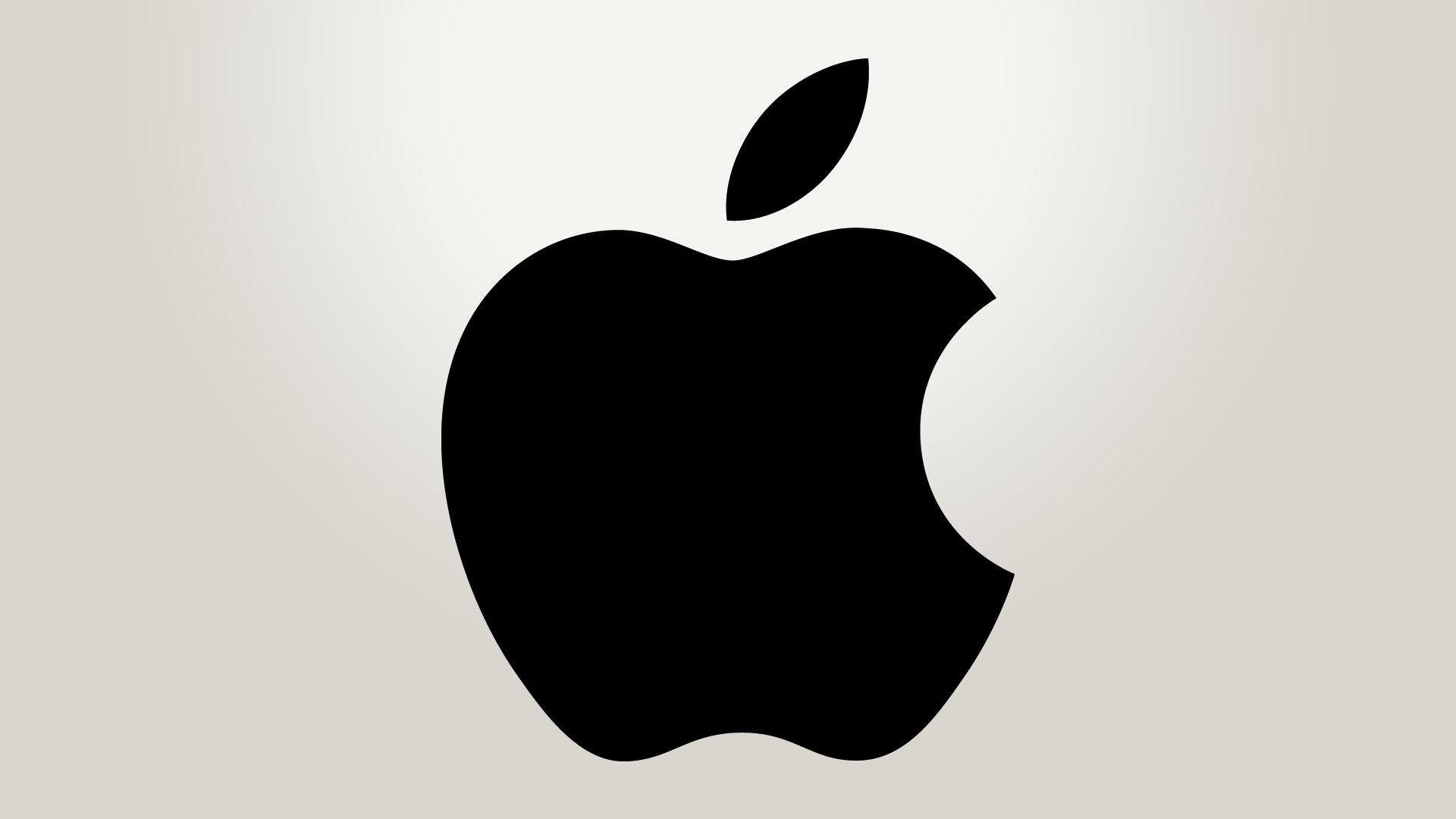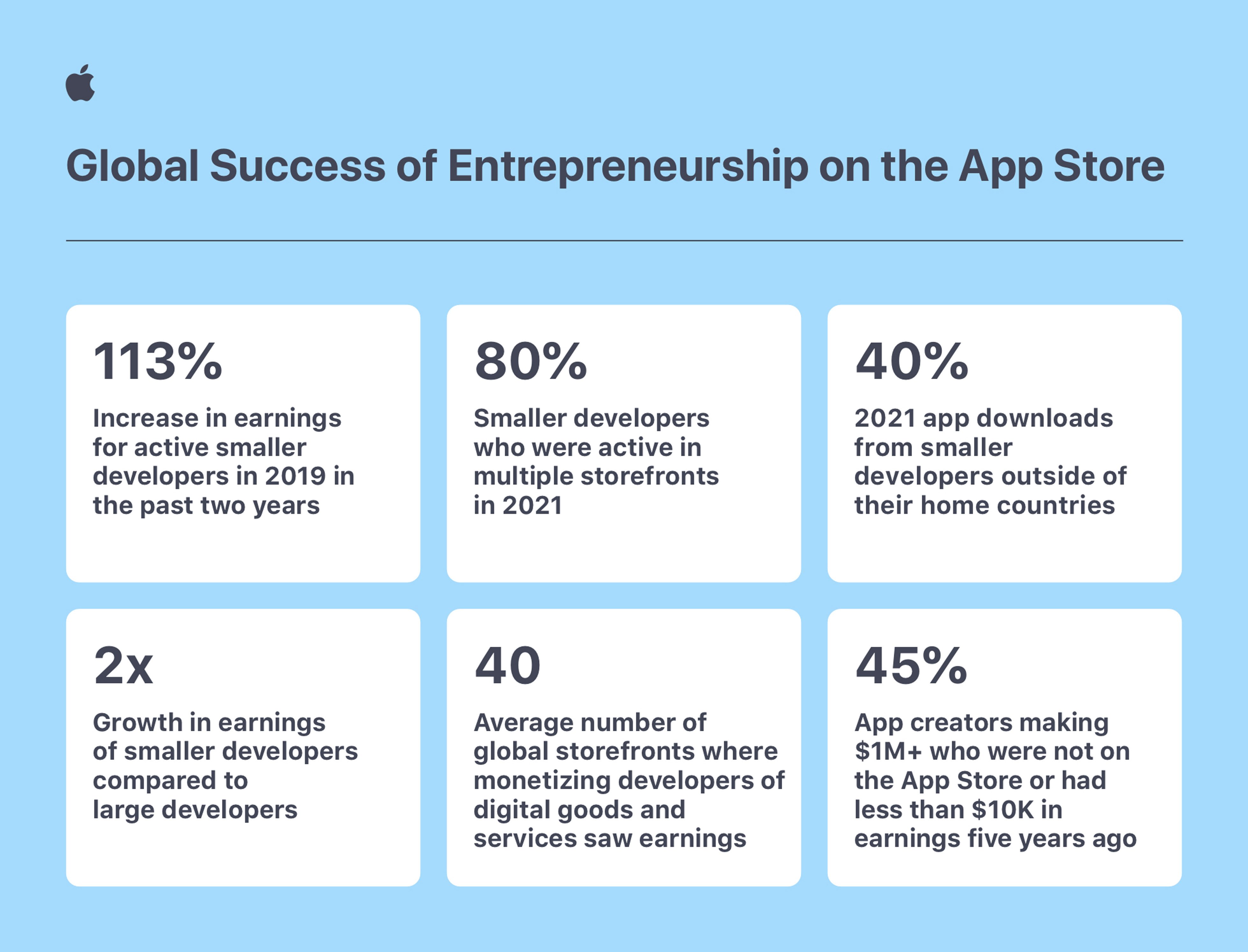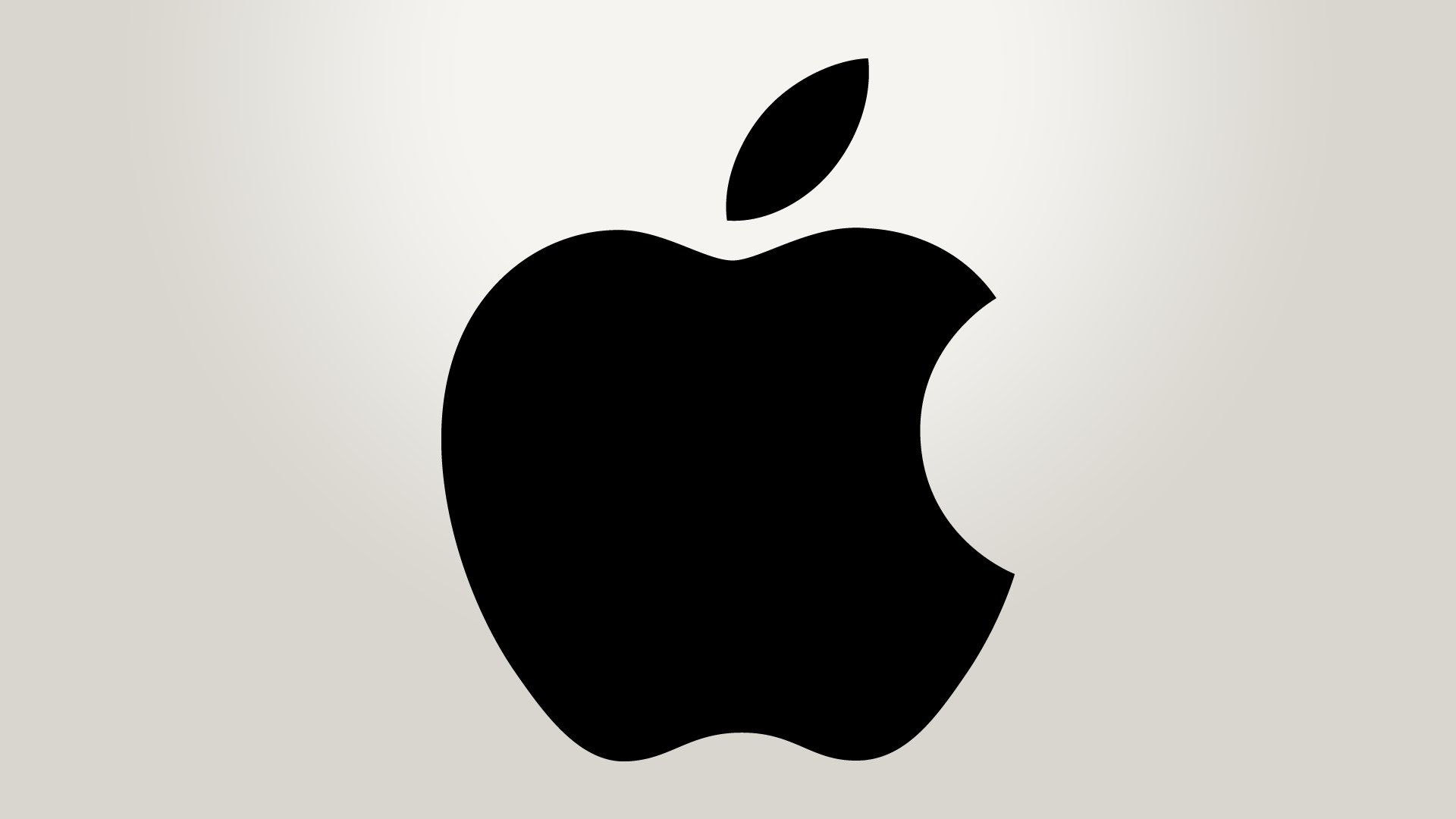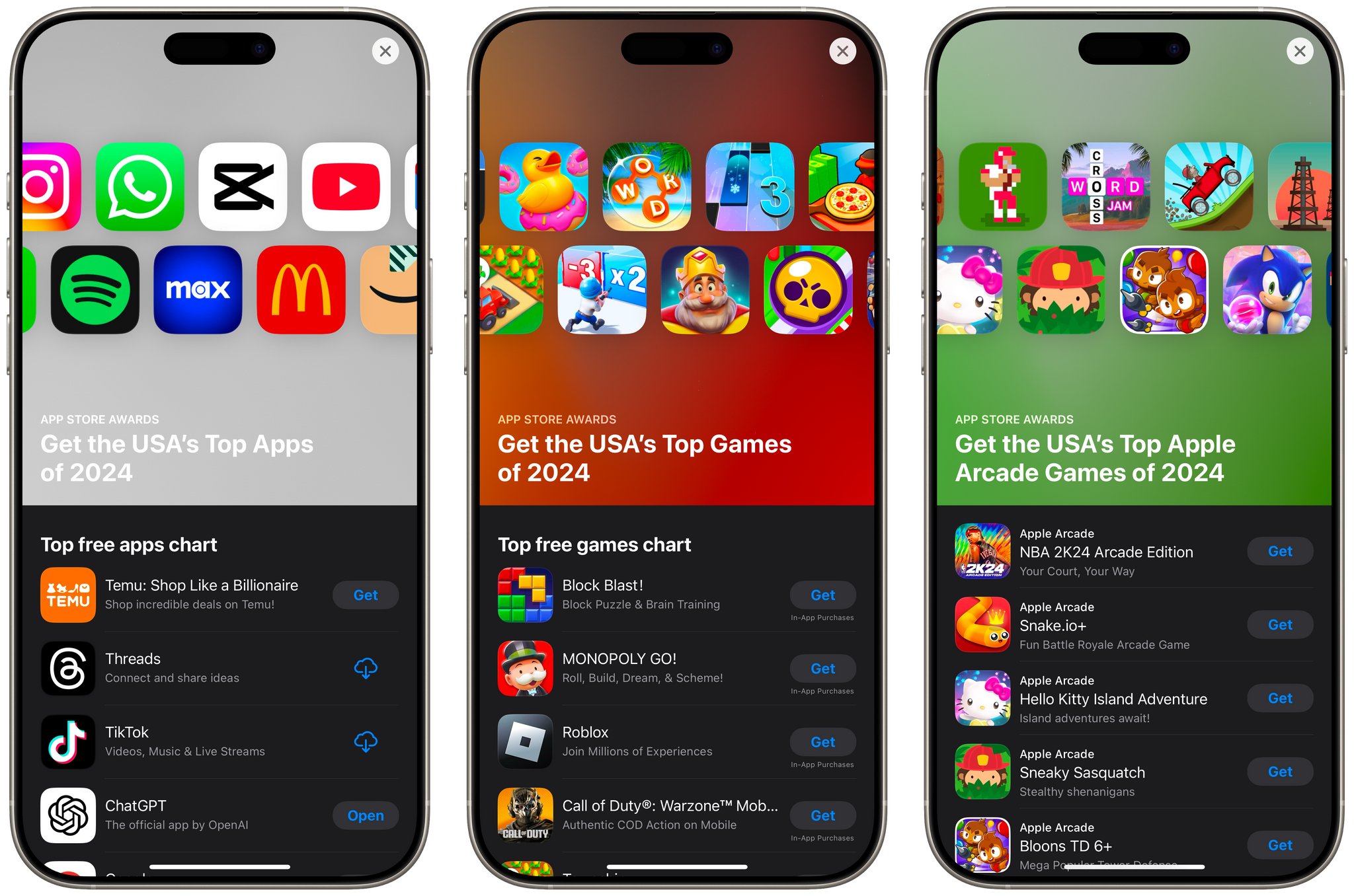Apple’s App Store business generated over $10 billion in commissions from the US market in 2024. This figure comes from a detailed analysis by Appfigures, highlighting just how lucrative the platform’s commissions are for Apple each year. The commission total for 2024 continues a trend of rapid growth and marks a significant milestone in Apple’s ongoing business strategy focused on digital goods and services.
The numbers show that App Store commissions in the US more than doubled since 2020. The results underline how pivotal the App Store remains for both developers and Apple itself, with the service still generating substantial income even as it faces new regulations and legal scrutiny over its policies.
How Much Apple Made from the US App Store Last Year
According to Appfigures, Apple earned around $10.1 billion in commissions from its US App Store operations during 2024. This number represents Apple’s direct share from developer sales made through the App Store using its in-app payment system. Despite not revealing App Store revenue as a separate line item during earnings, independent data analysis sheds light on the sheer scale of Apple’s intake.
In total, US App Store developers generated substantial revenue, but a significant amount goes to Apple in fees. The $10.1 billion commission figure does not include additional revenue the company might attribute using broader definitions. Instead, this is a straightforward look at the money flowing directly to Apple from developer transactions, making it a useful benchmark for understanding the commercial power of the US App Store.
Apple’s approach to sharing this kind of financial detail has always been cautious, but third-party analysis continues to offer valuable insight into the actual performance of its digital storefront. Questions remain about the effects of new rules and legal challenges, but the raw numbers themselves remain impressive.
Revenue from commissions is just one part of the broader Services segment, but it continues to be among the most important contributors to Apple’s overall financial performance.
Growth of App Store Commissions Since 2020
The growth rate of Apple’s US App Store commissions has been remarkable. In 2020, the commission total was estimated at just under $5 billion ($4.76 billion). By 2024, that figure had more than doubled, reaching the $10.1 billion mark cited in recent reports.
This surge in income is driven by a combination of factors. The ongoing popularity of mobile apps and expanding digital consumption in the US market drove up total sales and transaction volume. Additionally, Apple’s commission rates, typically set at 30 percent for most developers and 15 percent for small businesses, have remained largely unchanged, ensuring growth was proportional to the increase in developer earnings.
Key reasons behind this growth include:
- Increased consumer spending on apps and digital content
- Strong performance by gaming and subscription-based apps
- The prevalence of iOS devices in the US
The commission system has been a central pillar of Apple’s business model, and the numbers from 2020 to 2024 reflect just how successful this approach has been for the company.
Gross Revenue Generated by US App Store Developers
Gross revenue generated by developers on the US App Store climbed to nearly $34 billion in 2024. According to Appfigures, the specific figure was $33.68 billion. This represents the total sum paid by US consumers for apps, in-app purchases, and subscriptions through Apple’s payment infrastructure.
After Apple’s commission was taken out, US developers collectively took home about $23.57 billion. This detail demonstrates the significant value that developers continue to capture from the App Store, even after fees. The relationship between Apple and developers in the context of revenue-sharing continues to be central to discussions about the platform’s future and regulatory scrutiny.
A table showing the split for 2024 illustrates this relationship:
| Metric | 2024 Value (US Only) |
|---|---|
| Gross Developer Revenue | $33.68 billion |
| Developer Take-home (after commission) | $23.57 billion |
| Apple Commission | $10.1 billion |
The US market continues to be the most important for Apple’s App Store, with American developers and consumers forming the largest share of activity by both volume and dollar amount. This dominance is likely to remain a key focus in the company’s long-term strategy.
With such high stakes, any changes to the commission structure or payment policies bear wide-reaching implications for the mobile development ecosystem in the US.
Apple’s Global App Store Revenue vs Appfigures’ Analysis
Globally, there’s a significant difference between Apple’s own reporting and data from independent firms like Appfigures. For example, Apple’s disclosure noted the App Store generated around $104 billion in estimated billings and sales for digital services in 2022 worldwide. Yet, Appfigures found the platform made about $61.5 billion globally in the same year – a gap of more than $40 billion.
According to Appfigures, worldwide App Store revenue rose from $61.5 billion in 2022 to about $91.3 billion in 2024. Apple’s commissions globally exceeded $27 billion, much of it coming from major markets like the US.
This discrepancy between self-reported Apple data and third-party analysis has led observers to examine the differences in methodology and definitions, especially regarding what counts as “App Store revenue” as opposed to revenue from sources merely facilitated by Apple hardware or services.
These contrasting numbers matter for shareholders, policymakers, and developers, influencing everything from investor confidence to new regulatory proposals targeting digital marketplaces.
“Billings and sales” figures are not directly comparable to App Store billings, with Apple’s numbers often capturing a broader definition of digital transactions related to its ecosystem.
Understanding ‘Billings and Sales’ in Apple’s Reporting
Apple’s reports on App Store financials often reference “billings and sales” rather than pure App Store revenue. This distinction plays a major role in explaining the difference between its figures and those of analysts like Appfigures.
When referencing “billings and sales,” Apple includes:
- Direct purchases made through the App Store
- Transactions initiated elsewhere but tied to App Store apps
- Some sales facilitated by apps on Apple devices (even when transacted outside the App Store itself)
This definition allows Apple to present a larger impact, showcasing its role in enabling economic activity beyond its strict platform boundaries. For example, a streaming subscription paid for on the web but primarily consumed on an iPhone might still count proportionally toward Apple’s ecosystem totals.
This approach has come under scrutiny, especially from those interested in more transparent, apples-to-apples comparisons across platforms and providers.
Regulators and industry groups often prefer the narrower definition used by Appfigures, focusing only on revenue that actually transacts through the iOS App Store.
Methodology Behind Apple’s Revenue Attribution
Apple’s complex reporting methodology attributes a share of transactions to the App Store even when the financial transaction itself occurs off-platform. The company uses third-party market research for tracking how much app usage takes place on Apple devices versus other platforms.
For example, if a customer signs up for a Hulu subscription online but spends a majority of their viewing time on an Apple device, Apple may attribute that proportion of the subscription as facilitated by the App Store for internal stats.
- Apple’s approach leverages device usage data to credit some sales back to the App Store
- Figures often reflect a hybrid of direct in-store purchases and usage-based attribution
- Enterprise and hidden in-app purchases may belong to categories not tracked by public App Store metrics
This methodology helps Apple make a case for its role in the overall digital ecosystem, emphasizing how its devices drive value for developers even in revenue streams technically outside its direct control. It also influences how Apple communicates the App Store’s economic impact to regulators and the public.
Despite these efforts, most outside analysts and the developer community prefer plain revenue figures based on transactions that actually go through the store.
Also Read
Square Enix Symbiogenesis Expands on Sony Soneium Blockchain
Recent Court Rulings and the 27 Percent Commission Controversy
Apple’s App Store commission practices have faced intense legal scrutiny in the US, particularly after the widely reported Epic Games antitrust lawsuit. In the aftermath, a court ruling prohibited Apple from continuing to charge its 27 percent commission on purchases made outside the App Store, such as direct payments initiated through a developer’s own website.
In an attempt to comply but retain profitability, Apple created an exception process and allowed developers to add web links inside their apps for external payments. However, Apple still collected a 27 percent commission on these external transactions and required developers to use special formatting, including so-called “scare screens” warning users of security risks when leaving the App Store.
Last week, a judge found Apple was in “willful violation” of the previous injunction, concluding Apple had not meaningfully changed its practices and was still creating barriers for developers wanting to direct users to alternative payment methods. As a result, the court ordered Apple to update its US App Store rules to allow external payment links without commissions or obstacles.
This decision is already changing the US app business landscape. Several major apps and smaller developers now offer external payment methods without the punitive commission, reshaping how money flows through the App Store ecosystem.
Also Read
Last Chance to Exhibit at TechCrunch AI Sessions at Berkeley
The new ruling sets an important precedent for future disputes between major platform owners and app developers over digital distribution terms.
How Developers Responded to New Payment Rules
The response from developers to the latest court-ordered policy changes has been enthusiastic, especially among those who have long considered Apple’s commissions to be excessive. High-profile apps like Spotify, Amazon Kindle, and Patreon quickly implemented new payment flows that bypass the traditional in-app payment system, instead taking users to the web or to other membership programs for purchases.
Even smaller developers have taken advantage of the change. For example, the game emulator Delta is now funded via Patreon memberships instead of relying solely on in-app purchase revenue.
While some of these transitions have been rapid, others require more technical work to update apps and notify users of new options. Still, the relief from a mandatory commission opens up new revenue potential for many, especially high-volume and subscription-based services.
Also Read
Florida Encryption Backdoor Bill for Social Media Fails to Pass
- Spotify and Amazon Kindle quickly rolled out web payment options
- Patreon supported more direct subscriptions within supported apps
- Developers are experimenting with user experience changes to encourage off-platform buying
This change may also drive innovation in app-based business models as developers discover what works best when not constrained by previous financial terms set by Apple.
Apple’s Appeal and Claims of Irreparable Harm
Unsurprisingly, Apple is vigorously appealing the new legal decision. In court filings, the company has argued that “grave irreparable harm” will result if it cannot collect commissions on web-based external payments made by users of iOS apps.
Apple says these new restrictions will cost it large sums annually, undermining the financial support that makes the App Store possible. The company contends that the orders were not based on findings of unlawful conduct but were punitive for earlier non-compliance, according to filings in May 2025.
Most developers, however, remain skeptical of Apple’s framing. Many feel the company should have lowered commissions for all developers. Historically, Apple tried to direct relief only to smaller or newer developers, keeping standard rates high for larger players.
Also Read
Apple’s New Chips Target Smart Glasses, Macs, and AI Hardware
While the fate of Apple’s appeal remains undecided, the ruling has already reduced company leverage over US developer transaction flows. It could influence how other global markets and regulatory bodies approach platform fees and control.
The case also explores the broader debate on the balance between platform stewardship and competition, with many looking to the outcome for guidance on future digital commerce regulation.
Breakdown of App Store Revenue from Apps and Games
Revenue from the US App Store comes from both non-game apps and games. According to Appfigures’ 2024 breakdown, non-game apps generated about $6.28 billion in revenue for Apple, while games contributed approximately $3.83 billion in commission income. This split shows the importance of both business categories to Apple’s bottom line.
Games are traditionally the highest-grossing segment for mobile app stores, but productivity tools, subscription-based apps, and media services have become increasingly crucial in recent years. Apple’s dual reliance on these sectors demonstrates its ability to attract a wide variety of audiences and software vendors.
Also Read
Widespread Timeline Issues Hit X as Users Report Outages
The consistent strength of the US gaming market helps keep the App Store competitive against rivals like Google Play and standalone PC stores. Meanwhile, the rise of mobile productivity and entertainment services continues to drive spending in non-gaming categories.
This revenue breakdown helps illustrate where Apple’s policy and legal changes might have the largest effects in the near future.
Why App Store Revenue Remains Critical for Apple
App Store revenue is a cornerstone of Apple’s overall strategy for growth. Even as hardware sales fluctuate year to year, the steady increase in digital services has helped stabilize and expand the company’s financial results. Service revenue, led by the App Store, is now one of Apple’s most reliable and profitable segments.
As competition in hardware intensifies and growth in some markets slows, maintaining strong revenue from the App Store helps Apple invest in future technologies and ecosystem expansion. It also supports many other business lines – from developer relations and technical support to content partnerships and security infrastructure.
Also Read
Zen Agents by Zencoder: Team-Based AI Tools Transform Software Development
The visibility of App Store commissions will likely only increase as regulatory challenges and lawsuits force more transparency. Investors and industry watchers see the long-term trajectory of services revenue as a key marker for Apple’s financial resilience.
Because of this, Apple is expected to resist major systemic changes unless compelled by law or court order. The company’s posture in legal disputes and its efforts to keep App Store revenue stable show how important this stream remains to the entire Apple ecosystem.
Ultimately, the success of the App Store commissions model has created a template that other companies have sought to emulate – and one that continues to spark debate about the future of digital economies.











